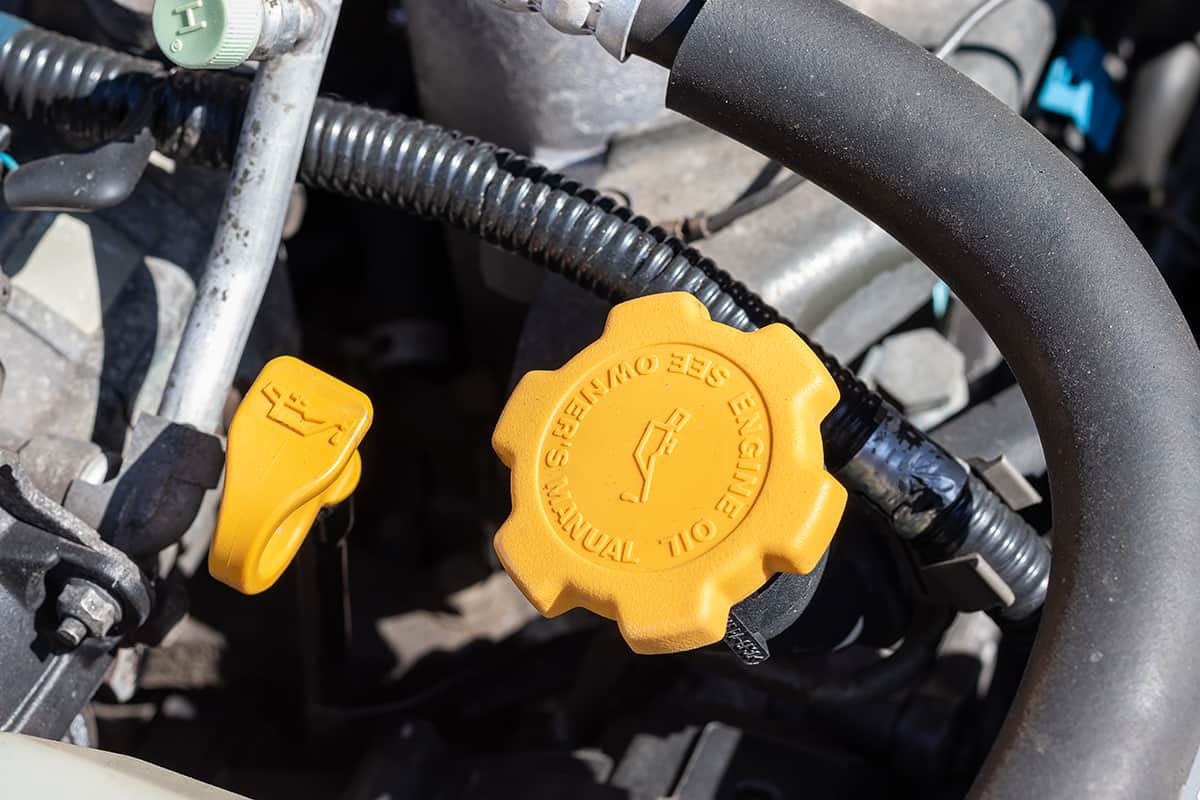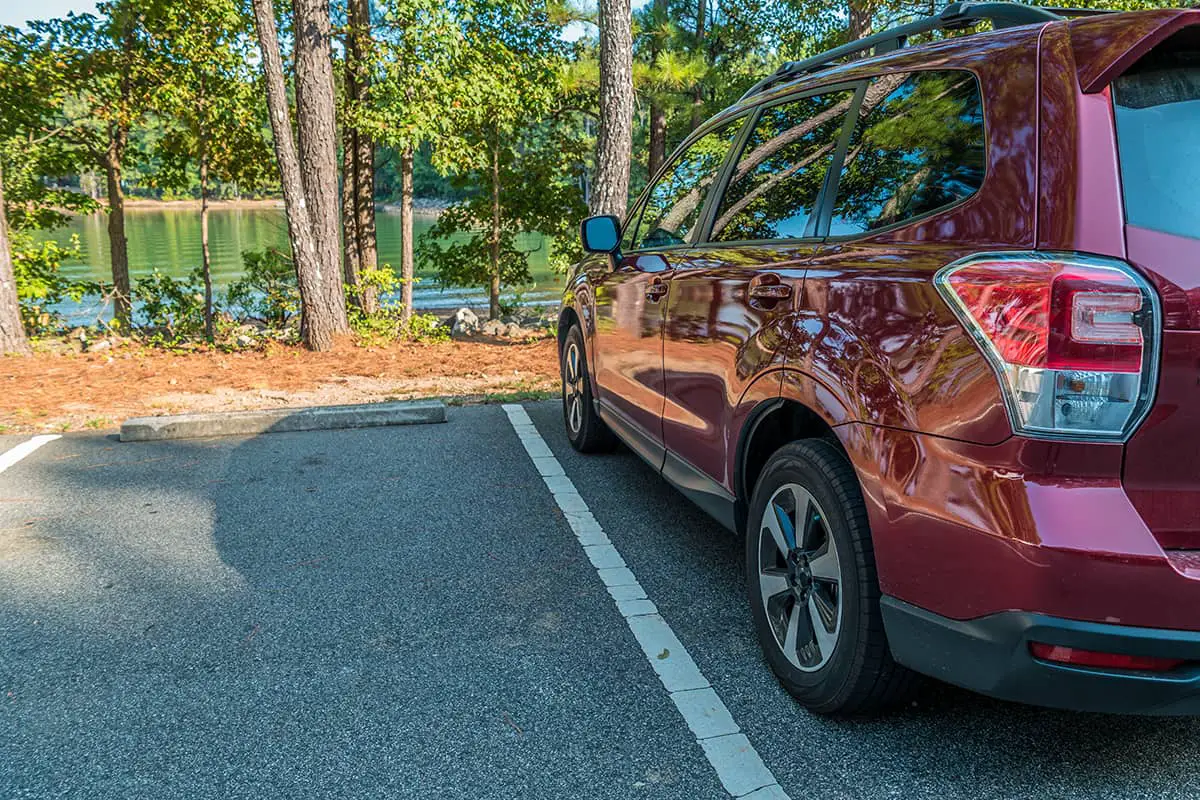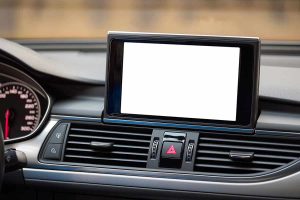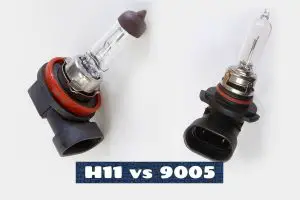Since its introduction in 1997, many Subaru Foresters have exceeded 200,000 miles in service without a single mechanical failure, much to the delight of their owners. The Subaru Forester is the company’s most popular compact crossover SUV, and for a good reason: it’s rugged, accommodating, and capable in all terrains. So, how many years or miles can you expect to get from this SUV?
The Subaru Forester has an estimated lifespan of between 200,000 and 250,000 miles, with even the first-gen models lasting beyond the 200,000-mile mark. On average, this translates to roughly 13 to 17 years of use.
In this guide, I’ll explain what a high milage number for used Subaru Foresters is and what you can do to prolong the life of your vehicle, as well as provide a brief breakdown of the best and worst model years of this crossover SUV.
How Long Do Subaru Foresters Last?
Like many car makers out there, Subaru promises that the Forester is built to last. However, unlike many crossover SUV names, the Forester actually fulfills that promise. On average, you can get between 13 and 17 years of use from a Forester, possibly squeezing an additional 2 to 3 years with proper maintenance.
However, the number of years is relative to how frequently and how far you drive the car. In mile terms, the Subaru Forester will usually not show any signs of significant mechanical problems for the first 200,000 to 250,000 miles of use. Even the first-gen models, which were launched back in 1997, have lasted for 200,000 miles and beyond with periodic maintenance.
When Will Rust Appear on a Subaru Forester?
One thing that adds to the durability of this compact crossover is its galvanized zinc plating. Also, Subaru goes the extra mile to treat each panel with anti-rust agents to keep dark-brown spots at bay for longer.
As great as these anti-corrosion measurements are, that doesn’t mean the Subaru Forester is impervious to rust. In areas where snow and rainfall are measured in feet, users will have to actively take the proper precautions to get rid of salt buildup and solid debris from becoming trapped underneath the car.
There are a few things you should do to rust away from your Subaru Forester, such as:
- Washing the car regularly
- Applying rust-proof sprays
- Applying a ceramic paint coating
- Parking the car in a roofed enclosure
- Drying the interior
What Is Considered High Milage for a Subaru Forester?
If you’re in the market for a second-hand Subaru Forester, there are a few key things you should pay attention to. The first thing is the odometer or how many miles the car has already traveled.
If the odometer reads 100,000 miles or higher, it’s considered high mileage, and you may be putting yourself in a riskier investment as opposed to buying a new or younger model year. Of course, seeing as how the average Forester can still travel for an additional 200,000 miles without significant problems, the 100,000-mile odometer isn’t an automatic cause for concern.
If you’re planning on purchasing a used Subaru Forester or any used car for that matter, you should also pay attention to the following things:
How many people owned the car previously? Generally, the more people who owned and drove a car, the riskier it is. On the other hand, if the seller can prove that they were the only ones to use the Forester, there’s a greater chance that it’s still in good working condition.
Can the seller provide the service history? However, a single owner doesn’t necessarily translate to excellent care. If you can, ask the seller whether they can provide the service history of the Forester. The documents will show what sort of problems the car faced and how much was spent on repairs. Ideally, the service history will come from a reliable source, such as CarFax.
How long do you expect to own the car? Will you take the odometer from 100,000 to 200,000 miles and beyond, or is this a temporary thing? Remember: when you purchase a used car, you also inherit its past problems. Sometimes, spending more on a brand-new car upfront is cheaper in the long run.
Best and Worst Years for Subaru Foresters
I’ve provided a guide that details the best and worst model years of the Subaru Forester. In summary, the best years are from 2004 to 2009, 2012 to 2013, and 2015 and beyond. The worst Subaru Forester model years are 1998-2001, 2003, 2010-2011, and 2014.
That’s not to say that every 1998 Subaru Forester is a bad car, especially if the previous owner maintained the car well. However, some model years have inherent problems that took years or even generations to fix, so do yourself and your investment a favor and avoid purchasing the worst model years of this crossover SUV.
Common Subaru Problems
When shopping for any car, it’s important that you check the make sure the manufacturer is reliable. While Subaru made the Most Reliable Car Brand list on iSeeCars, it’s nowhere near the top 5. This isn’t an automatic cause for concern, but it does show that Subaru still has a wide range of problems it needs to deal with.
Let’s take a quick look at some of the problems Subaru owners have expressed about their cars.
1. Oil consumption
There are 3 Subaru models that are known for guzzling more oil than every other car—the Outback, the Impreza, and the Forester. The worst offenders are the 2011-2014 Foresters.
2. Infotainment consoles
Subaru has tried to stay on top of the game by installing top-notch infotainment centers in its cars. Sadly, it has mainly been hit and miss for this brand, seeing as how the backup cameras would freeze randomly, the touchscreen wouldn’t register taps, and the displays would blink unexpectedly. Luckily, not many Foresters have experienced these sorts of problems.
3. Head gaskets
Engine oil leaks are a major issue with Subarus, and a faulty head gasket is the major cause of the problem. Poorly fitting head gaskets allowed oil or coolant to seep between the cylinder head and engine block, causing engine damage. This flaw persisted for about five years, or through two cycles.
Around the 100,000-mile mark, the head gaskets’ protective coating apparently gave out. Because the issue was so serious, Subaru decided to increase the length of its powertrain warranty.
How to Prolong the Life of Your Subaru Forester

So, if you’ve still decided to purchase a second-hand Subaru Forester, you should probably be aware of how to keep it in working order for longer. Here, I’ll provide a few tips on how to extend the lifespan of your crossover SUV.
1. Pay attention to the cargo weight
Overloading a vehicle is a common reason why car owners can’t reach the 100,000-mile mark without their car experiencing major problems. So, when loading the car with your belongings, make sure you don’t surpass the gross vehicle weight rating (GVWR) of around 4,800 pounds.
2. Get the car checked every 3,000 miles
This may sound like a pain, but it’s worth doing if you purchased your car second-hand and plan on using it to the 250,000-mile mark. In addition, you need to change the oil every 5,000 to 6,000 miles.
3. Inspect the tires
Like any car, it’s important that you keep the tires inflated properly and get it balanced every time you go in for an oil change. Failure to do so may cause excessive strain on the brakes, which can impact other parts of the car.






